Describe Conditions in Europe After Ww1
The French and the British were busily dividing the spoils of the war between them but still reeling from the enormous human cost of the War. A European Union History Quiz Answers Europe after WWII.

Untitled Document Treaty Of Versailles European History Map
The aftermath of World War I saw drastic political cultural economic and social change across Eurasia Africa and even in areas outside those that were directly involved.
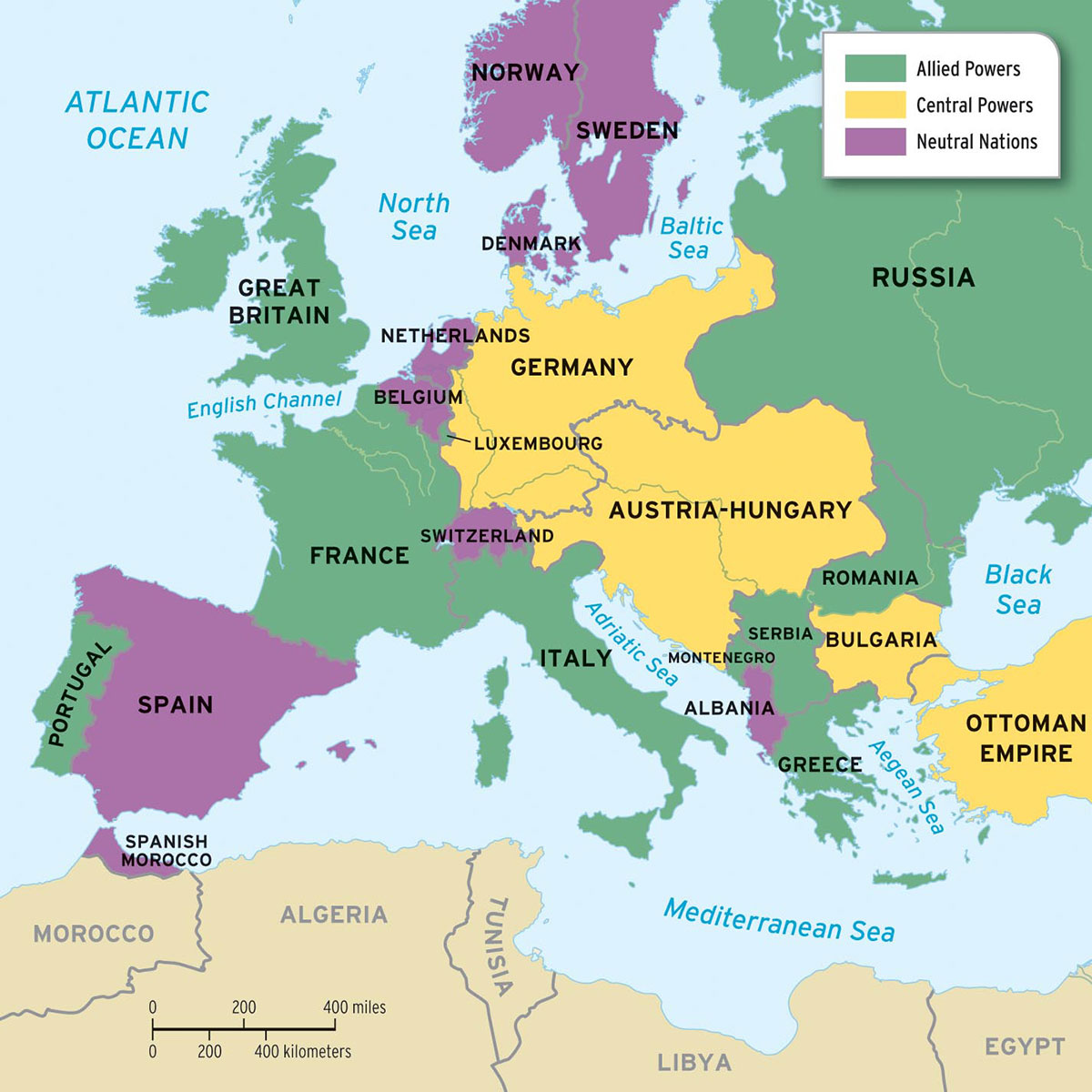
. The Great War left more than 20 million soldiers dead and 21 million more wounded which can be attributed to trench warfare and the number of countries. Formerly under the control of the Ottoman Empire its status was uncertain by the late 1800s as the weakened. Despite some political unrest the Great War provided many benefits for the United States.
The reconstruction of Western Europe required the abolition of the command economy and the liberalisation of prices and wages. Most of the countries in Europe sought to increase their military power and reserves by conscription of young men into the army and the training. The Balkan Peninsula in southeastern Europe was a particularly tumultuous region.
Womens suffrage Encyclopædia Britannica Inc. Economic policy coordination in the 1930sa simple framework When Europe survived from First World War it was injured both economically and politically. The postWorld War I recession was an economic recession that hit much of the world in the aftermath of World War I.
The violence and repression that characterized the occupation regimes established in Eastern and southeastern Europe between 1914 and 1918 were preludes to more radical occupations of the region. On expulsions of minorities after the war There were expulsions all over Europe. The restoration of the European division of labour.
The causes included the burdensome reparations imposed after World War I coupled with a general inflationary period in Europe in the 1920s another direct result of a materially catastrophic war. The map of Eastern Europe was redrawn several times in the next few years. The Victors still froze out Asia the Middle East and Africa from.
The collapse of the Russian Empire created Poland the Baltics and Finland. World War I was the first global war of the 20th century taking place between July 28 1914 and November 11 1918. Soldiers returned from Europe in the aftermath of World War I scarce housing and jobs heightened racial and class antagonisms across urban America.
Up to 24 cash back Another benefit from the war was the United States was the biggest producer and exporter for the war. The European Coal and Steel Community. You see the different nationalities around Europe who were found or perceived to have collaborated with the.
In many nations especially in North America economic growth continued and even accelerated during World War I as nations mobilized their economies to fight the war in Europe. The Geography of Europe-Before and After World War 1 by Lauren Kindle. Due to total war factories and farms started to expand unemployment decreased almost entirely and as result the economy flourished.
World War I involved 32 nations from 1914 to 1919. After the war ended the global economy began to decline. August 1st 2017.
Most of the country had be ravished by the war and it was hard to. Conditions in Europe after World War 2 were beyond devastating. After World War 1 conditions were chaotic in Germany and Eastern Europe.
The Reconstruction of Europe in the Shadow of Communism External Pressure. The Reconstruction of Europe. By the time of the Armistice in November 1918 there was widespread weariness in Europe and a sense of disillusion that gave the years before the war a retrospective autumn radiance as if a dream had died.
The First World War began in the summer of 1914 shortly after the assassination of Austrias Archduke Franz Ferdinand and lasted more than four years ending in 1918. It redrew the world map and reshaped many borders in Europe. In the years following World War I there was spiraling hyperinflation of the German currency Reichsmark by 1923.
Although some food and supplies got through these were sparse and therefore expensive. Battlegrounds were known for their horrendous conditions that habored diseases. Millions of people had died from epidemics or starvation and there were many that survived with permanent disables or traumas.
African-American soldiers in particular came home from the war expecting to enjoy the full rights of citizenship that they had fought to defend overseas. See all videos for this article Real deaths indeed had been numbered in millions. It was really tough for Europe for the world.
Initially Allied forces still blocked shipments of food and supplies from entering Germany. Despite the war drawing to an end in 1918 conditions in Germany did not dramatically improve. The elimination of the dollar shortage to enable countries ravaged by war to import the capital goods necessary to rebuild their infrastructure and restock their factories.
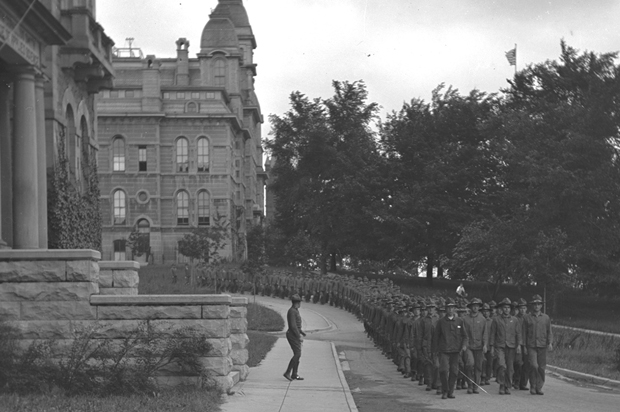
100 Years After Wwi The Lasting Impacts Of The Great War Syracuse University News

New Technology In Ww1 New Technology Warfare Interactive Multimedia
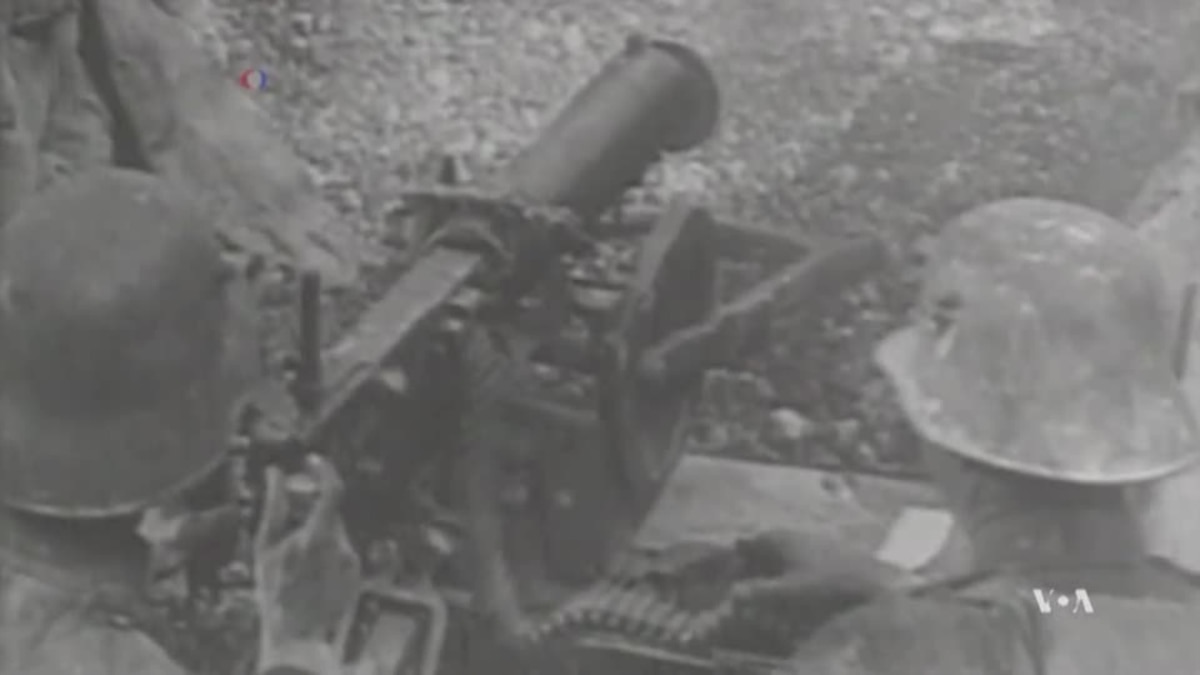
How Wwi Changed The Map Of Europe
How Did Europe Change Following World War 1 Quora

The Soldiers Across Europe Who Were Excited About World War I
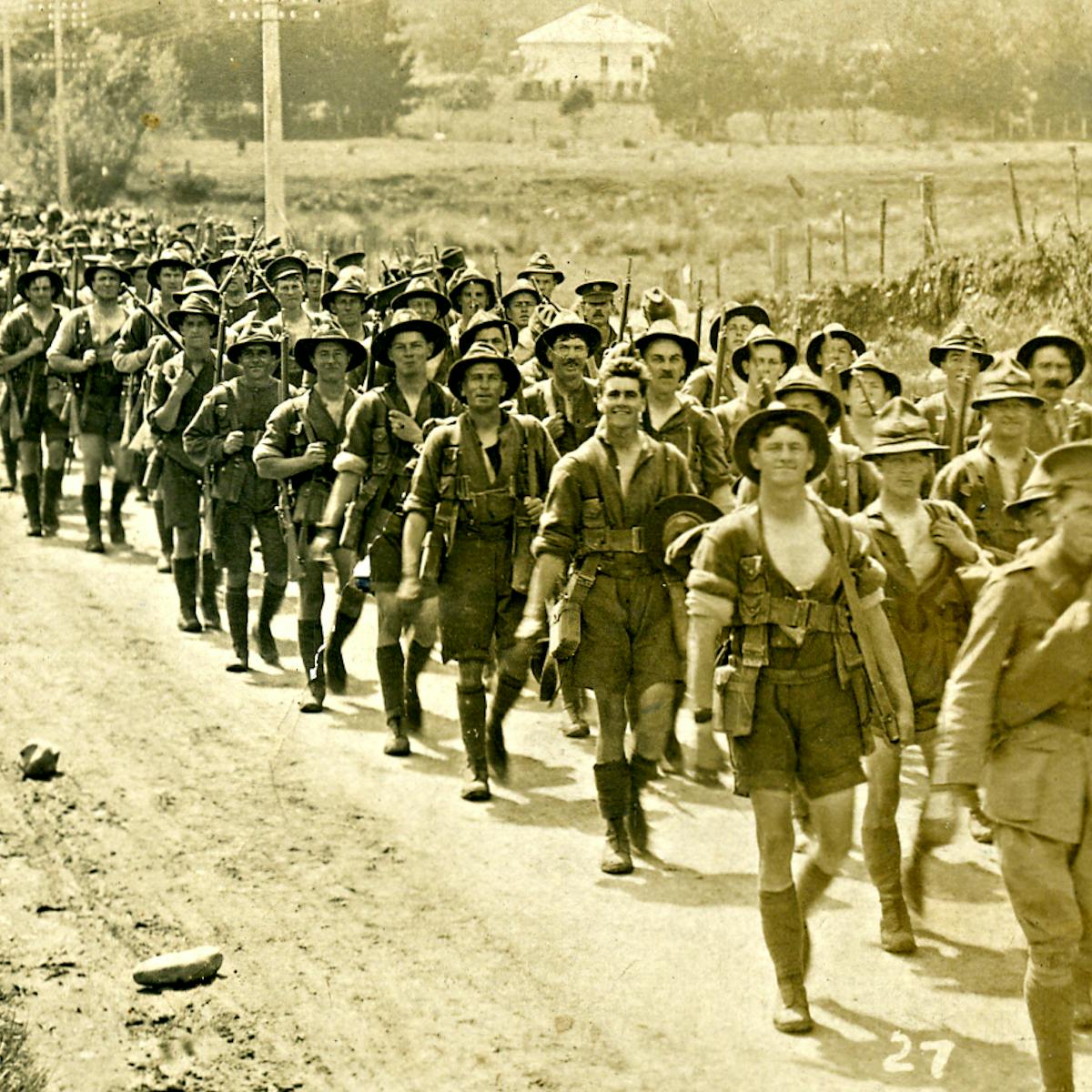
Was Europe Really Ready For World War I

World War I Europe And The Politics Of Remembrance Europe News And Current Affairs From Around The Continent Dw 08 11 2018
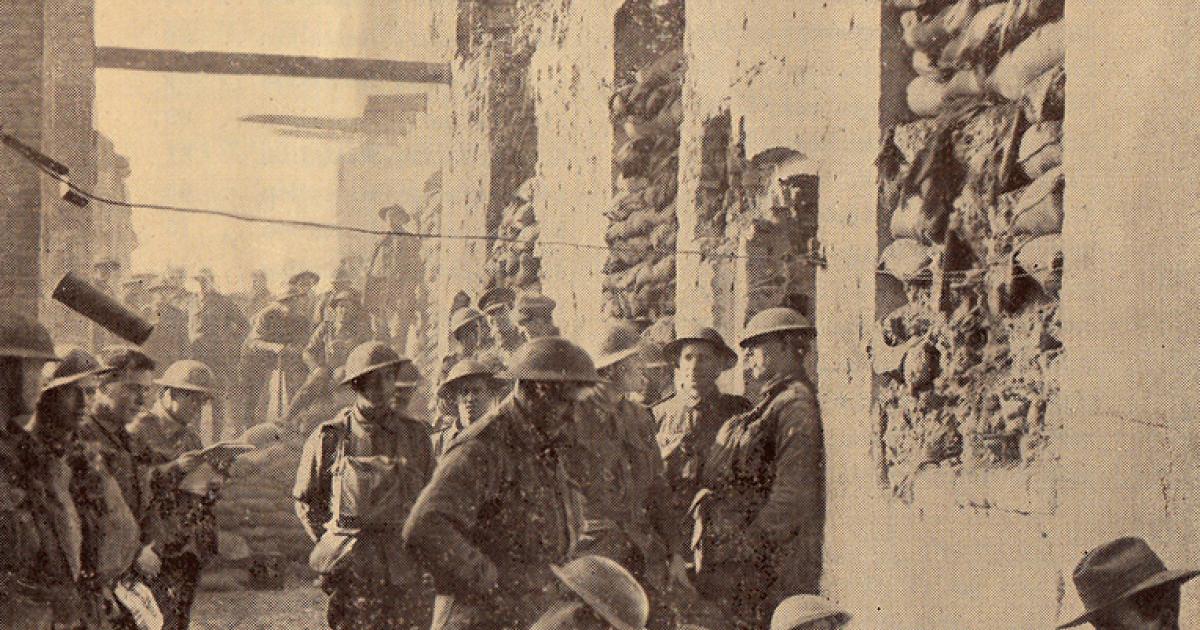
The Impact Of The First World War And Its Implications For Europe Today Heinrich Boll Stiftung Brussels Office European Union

World War I Begins Division Of Historical And Cultural Affairs State Of Delaware

Map Of Europe In 1914 Etsy Europe Map Map Detailed Map

Pin On First World War Primary Sources

A Map Of Europe Before And After The Great War Also From The Results Of The Treaty Of Versailles Eerste Wereldoorlog Geschiedenis Oude Kaart







Comments
Post a Comment